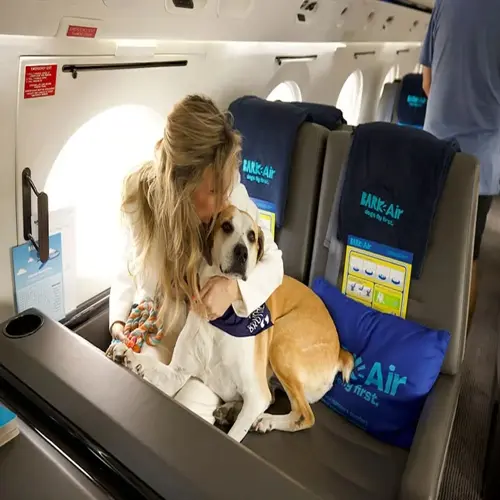What rewards work best for dog training?

Written by
Robert Brown
Reviewed by
Prof. Henry Webster, Ph.D.Choosing the right rewards is the paramount factor in accelerating your dog training success and building a better relationship. You will need different reinforcement techniques for various situations and levels of difficulty. I found that my retriever was willing to work hard for salmon, etc., but completely ignored kibble (dried dog food) as a result of the hard lessons. Whatever the task, a reward value suited to the task difficulty will obtain reliable responses.
Low-Value Rewards
- Use dry kibble or vegetables for simple indoor commands
- Portion size: 0.1 oz or 3g per treat
- Effective for maintenance of known behaviors
- Store in accessible waist pouch for frequent reinforcement
Medium-Value Rewards
- Cheese cubes or hot dog pieces for moderate challenges
- Portion size: 0.2 oz or 6g per treat
- Ideal for introducing new commands outdoors
- Cut into pea-sized pieces for rapid consumption
High-Value Rewards
- Freeze-dried liver or fish for high-distraction environments
- Portion size: 0.3 oz or 9g per treat
- Reserve for emergency recalls and behavior breakthroughs
- Use airtight containers to preserve strong aroma
Life Rewards
- Door opening for yard access after obedience
- Ball tosses following proper heel position
- Sniffing opportunities during structured walks
- Always pair with verbal praise initially
Social Rewards
- Enthusiastic praise with specific phrases like 'Good sit!'
- Playful chest scratches after successful commands
- Maintain eye contact during verbal reinforcement
- Combine with occasional treats for maximum impact
Transform keyword: preference tests - frequency monthly as taste changes with dogs. Present three treats of equal size together. Time each being eaten. Change choices up seasonally. My shepherd would not eat chicken in summer time but gulps it down eagerly each winter. Make a change in the hierarchy of rewards accordingly.
Upon attaining consistency of behaviors, implement reward fading. Replace 50% of food rewards with praise in the beginning. Raise the criteria for treats gradually. For instance, require two sits before rewarding. Complete change to life rewards should be implemented within 6-8 weeks for established skills.
Read the full article: Dog Training Basics: Essential Guide for Beginners

